After 80 years, Army keeps promise to WWII airman's family: 'No one left behind.'
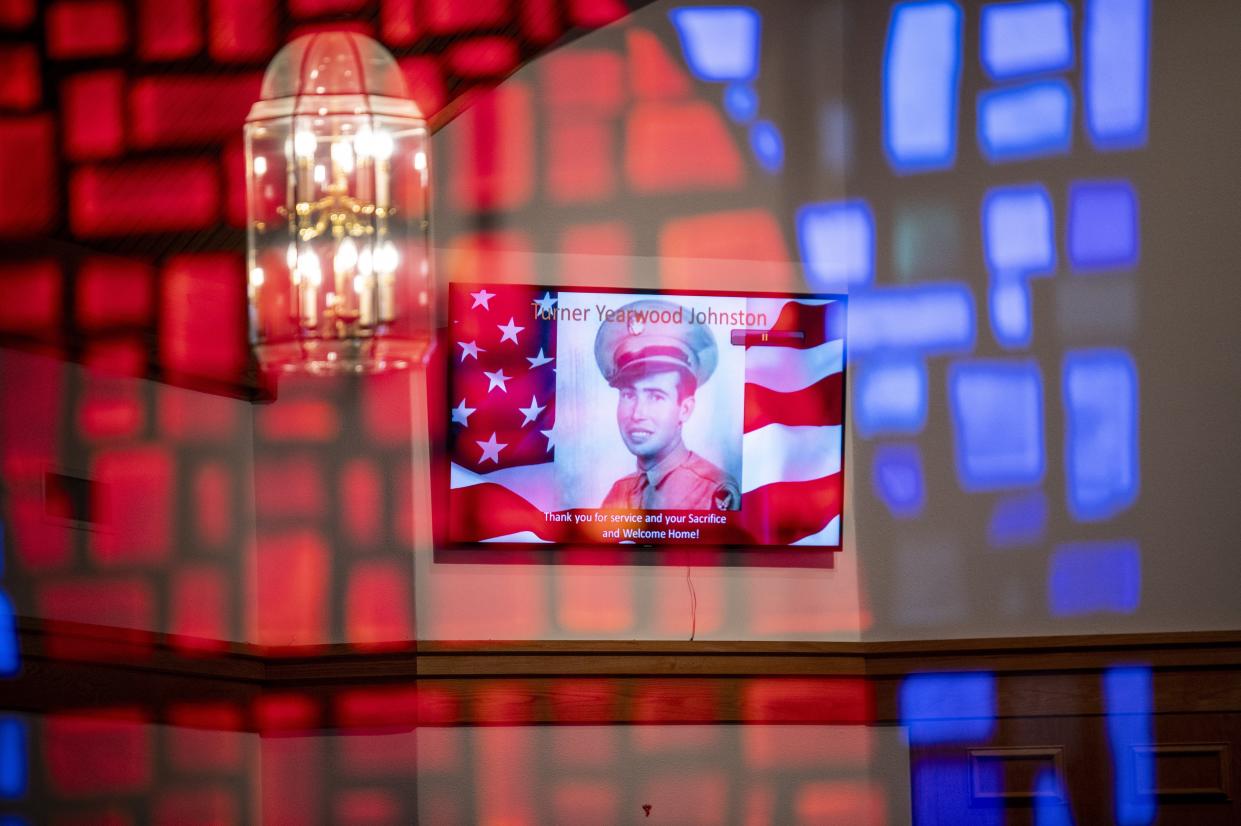
As smoke billowed from the B-24 bomber, Tech. Sgt. Turner Yearwood Johnston knew he was hurtling toward disaster.
The pilot and the co-pilot were dead. Their Liberator aircraft, the Yen Tu, took a direct hit and was engulfed in flames over the Ploesti oil fields of Nazi-controlled Romania.
Johnston’s final moments on Aug. 1, 1943, are known only because he used that time to save others. He grabbed the controls, pulled up the nose of the heavy bomber and provided enough altitude for three crew members to parachute out before the plane crashed into a flaming barracks.
“Even when he knew there was no chance for him, he ordered us to abandon ship,” Staff Sgt. Clark Fitzpatrick wrote in a letter to Johnston’s parents. “He was one of the bravest men I have ever known.”
For 80 years, Johnston’s family had a story but no closure. There was no body. No funeral. No place to honor the young Texan who joined the Army a week after Pearl Harbor and died at age 21, part of the generation that secured the world’s freedom at the price of their own lives.
Then, a few weeks ago, a chapel in Belton filled with more than 250 people — the last few cousins who knew Johnston, an extended family of nieces and nephews who grew up hearing of him, and legions of strangers who came to pay their respects as the brassy sounds of “G.I. Jive” and other big band hits played softly in the background.
Displayed at the front of the chapel, between a shadow box of war medals and the sepia-toned portraits of loved ones who would never see this day, a small cherrywood box held the remains of a World War II hero recovered half a world away.
It took years of exhaustive research and the miracle of DNA testing, but the U.S. military delivered its promise of “no one left behind” for one more family.
Sgt. Johnston could finally be laid to rest.
From secret mission to unknown grave
Clifton and Ellie Smith Johnston carried the loss of their eldest son as a quiet heartache.
“It was always an honor for them to talk about him, but they didn’t talk about him a lot,” the couple’s granddaughter, Tammy Hardt, told me. “I guess it hurt too much.”
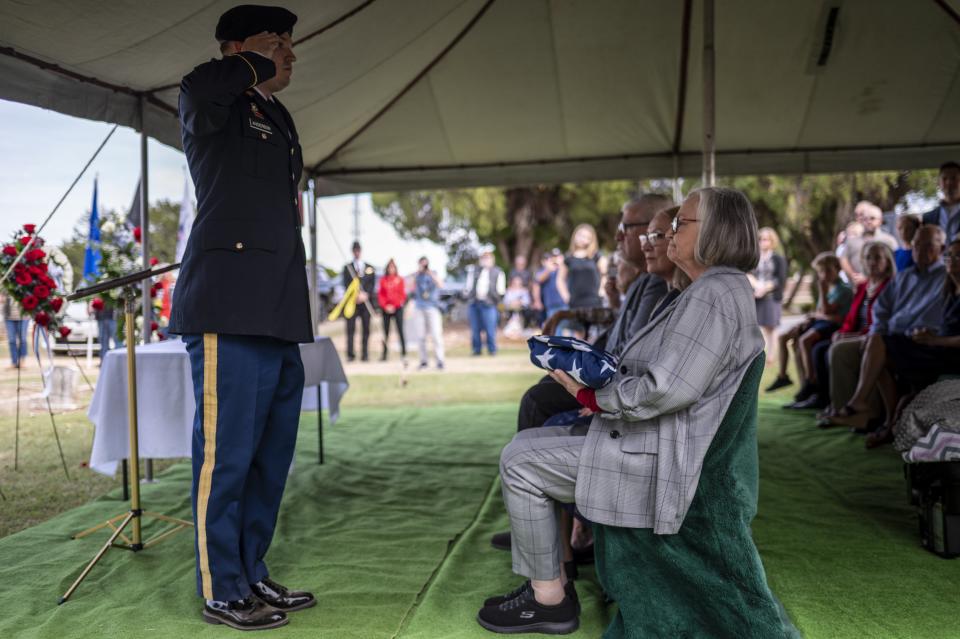
Hardt grew up hearing bits and pieces about the war service of her uncle, whom everyone called by his initials, T.Y. But it wasn’t until six or seven years ago that another relative shared copies of Sgt. Johnston’s journal, found among his parents’ belongings after they had died. He wrote his final entries while stationed in Libya in the summer of 1943, where he was a flight engineer awaiting orders.
July 26, 1943: Went on a secret mission, then got the hell scared out of me 25 feet above the ground at 200 mph, practicing for a secret mission. We were doing it for three hours, and then we slept all afternoon….
July 27, 1943: … still no identification as to where or when we're going …
July 31, 1943: They told us what our targets are for tomorrow: the oil wells in Romania. My general … talked about the mission, and this is the most important target that has ever been allowed to be given to anyone in Air Force.
Operation Tidal Wave aimed to cripple the German war machine by knocking out a major supplier of fuel. The low-level bombing mission destroyed many of its targets, but at a tremendous cost to the Americans.
Of the 177 bombers sent on that mission, 51 did not return.
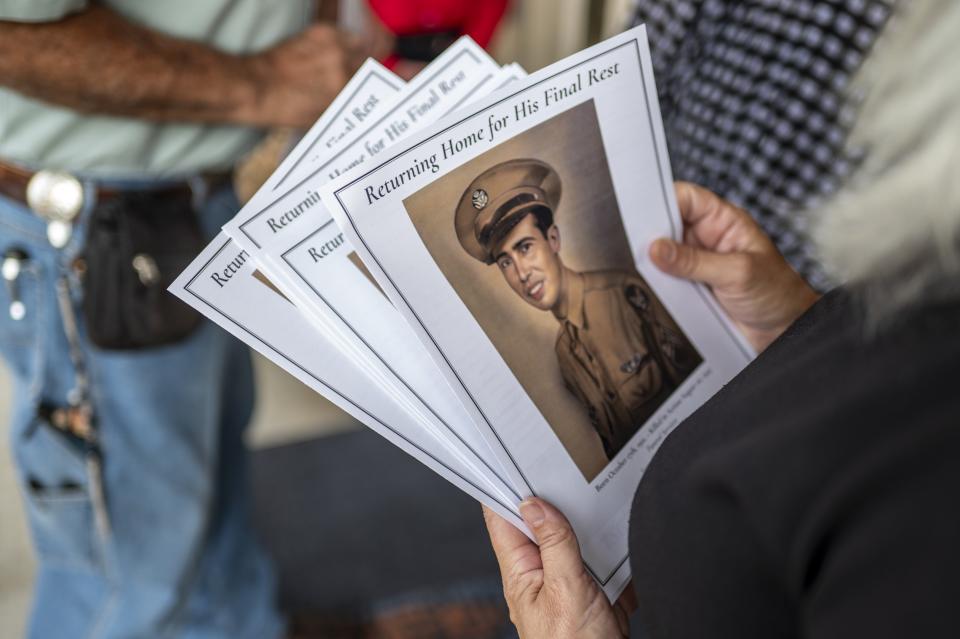
Johnston was among the 225 American troops who died. Pro-American Romanian citizens recovered the bodies and buried them in the heroes section of a Ploesti cemetery, said Jim Bell, a U.S. Army identifications case manager whose job is to notify families when their loved ones’ remains have been found — however long that takes.
After the war, the U.S. Army went to the cemetery, exhumed the remains and managed to identify a few of the dead. Bell said the remains of the other 216 were reburied as unknown soldiers at an American cemetery in Belgium — where their secrets rested for seven decades until DNA testing offered new hope.
'They all deserve respect'
The U.S. Defense Department runs an entire office, the Defense POW/MIA Accounting Agency, devoted to finding the remains of Americans from all conflicts, including more than 81,000 service members who have not been recovered from World War II, the Korean War, the Cold War and the Vietnam War. It is a massive undertaking funded by a $150 million annual budget.
Apart from the government of South Korea, which still works to identify its war dead, “I don't know of any other nation that does this mission,” said Bell, a retired tank officer who has been involved with about 170 cases in the past seven years. “So it says a lot that our country puts this effort into it.”
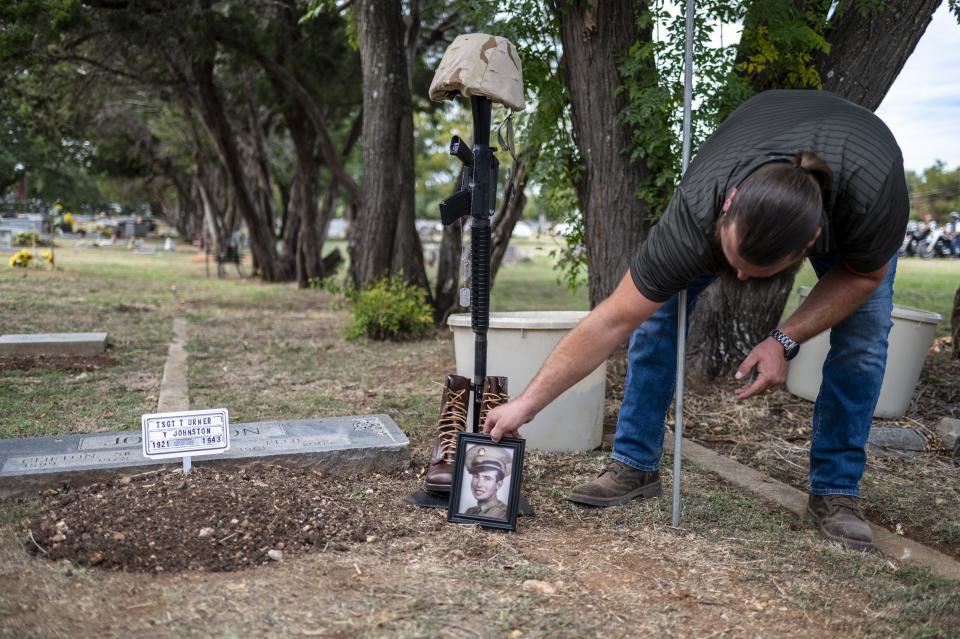
The remains of unidentified soldiers from the Ploesti air raid were exhumed in 2017 and sent to Offutt Air Force Base, just south of Omaha, Nebraska, for DNA testing. The U.S. Army asked three of Johnston’s relatives to provide cheek swabs of their DNA, but the family wasn’t holding their breath for a successful match, Hardt told me.
Then, this April, Bell called the family and said: We have a match.
“I was just screaming for joy and astounded,” Hardt said.
Even though Johnston grew up in the Rio Grande Valley, the family later moved to Central Texas, and his parents are buried at North Belton Cemetery. The family decided it was fitting to inter Johnston’s remains there, restored to his parents’ side.
Golda Gorhum, 85, was filled with appreciation as she watched the Oct. 21 service: the folding and presentation of the flag, the playing of "Taps," the rifle volley. She was only 5 when her cousin died in the Ploesti air raid, but she grew to understand the sacrifice when her husband, Billy, joined the Air Force and flew 28 combat missions over Vietnam.
“I know how it is to worry about it when they're gone,” Gorhum said.
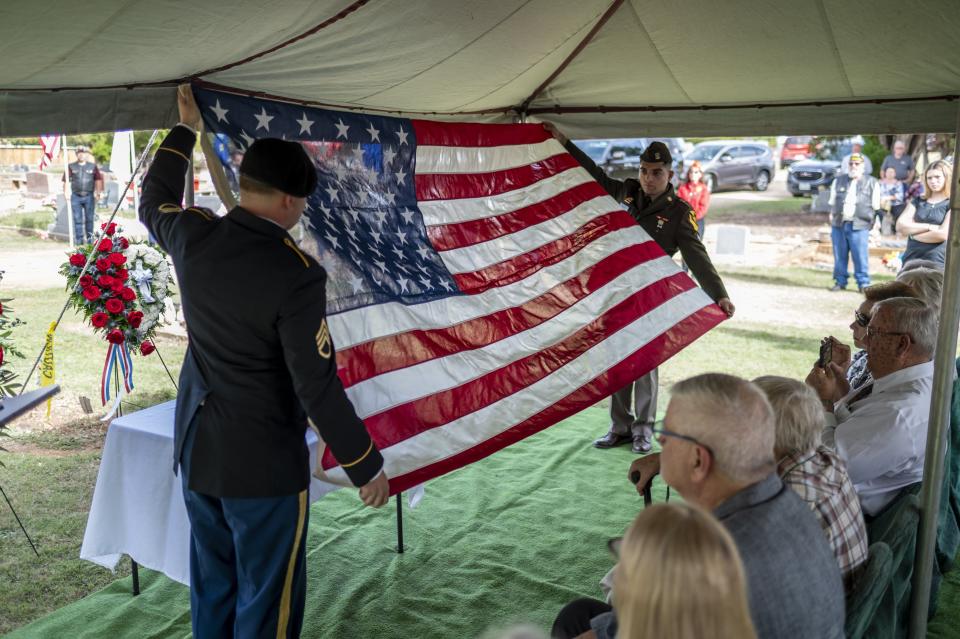
Rick Collins, funeral director at Dossman Funeral Home, which handled the service, was in the Marine Corps from 1977 to 1990. He nodded with recognition at the military life described in Johnston’s journal.
“You know, months and months of boredom, accompanied by moments of sheer terror,” Collins said, citing a century-old adage about war.
He counted at least seven veterans service organizations at the funeral, people from different branches and different conflicts. Scores of people Johnston had never met, in a town he’d never visited, welcomed him home with pride.
“This is a guy who had his whole life ahead of him, and this goes on in every war we've fought,” Collins said. “He volunteers. The majority of them do. And making sure they're taken care of, whether they come back in a box or in a wheelchair or walking — they all deserve respect.”
That respect takes many forms. Military funeral honors. Newspaper articles. But most of all, it's the simple dignity of a white marble grave marker that will bear Johnston’s name and the badges of his bravery, the Distinguished Flying Cross and the Purple Heart. No longer lost and unknown, now found and returned to a grateful nation.
Grumet is the Statesman’s Metro columnist. Her column, ATX in Context, contains her opinions. Share yours via email at bgrumet@statesman.com or via Twitter at @bgrumet. Find her previous work at statesman.com/news/columns.
This article originally appeared on Austin American-Statesman: After 80 years, Army keeps promise to WWII airman's family in Texas

